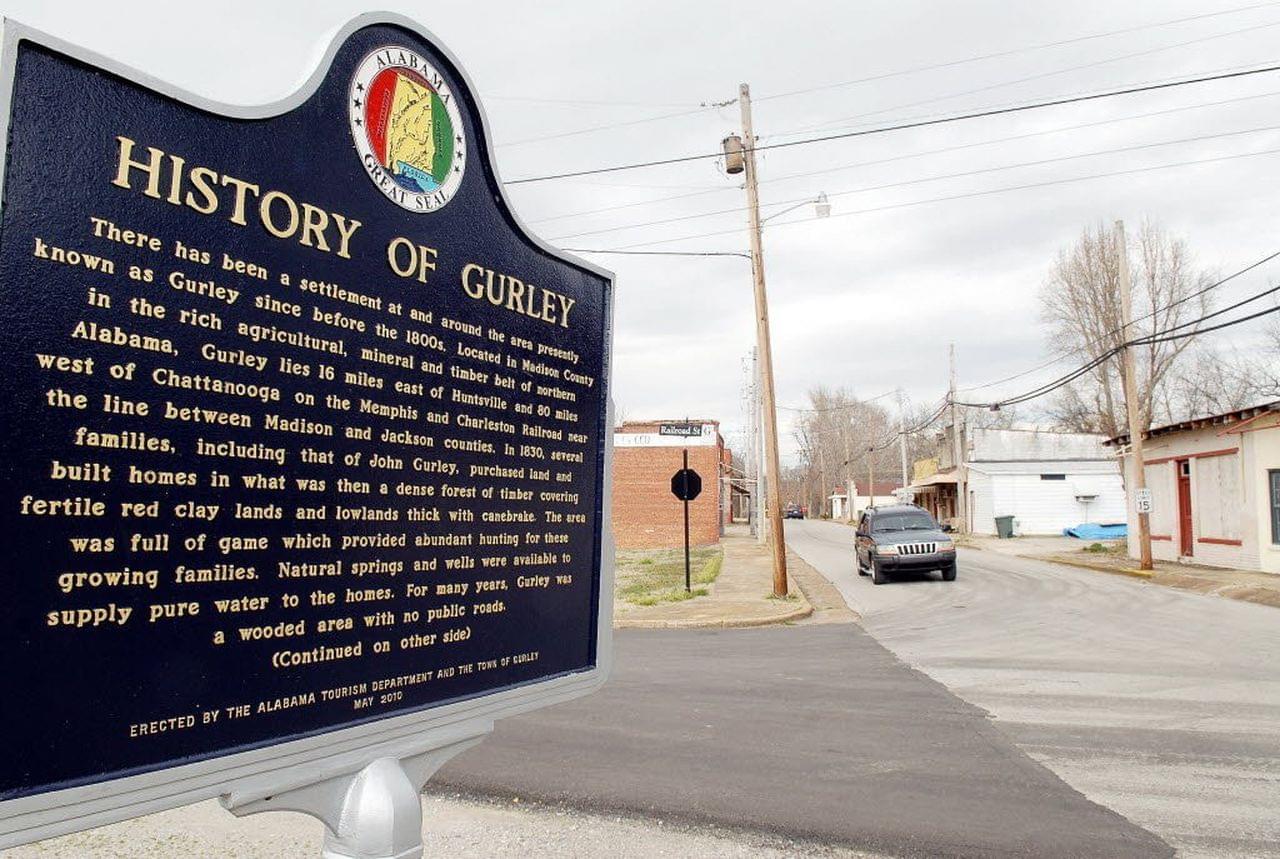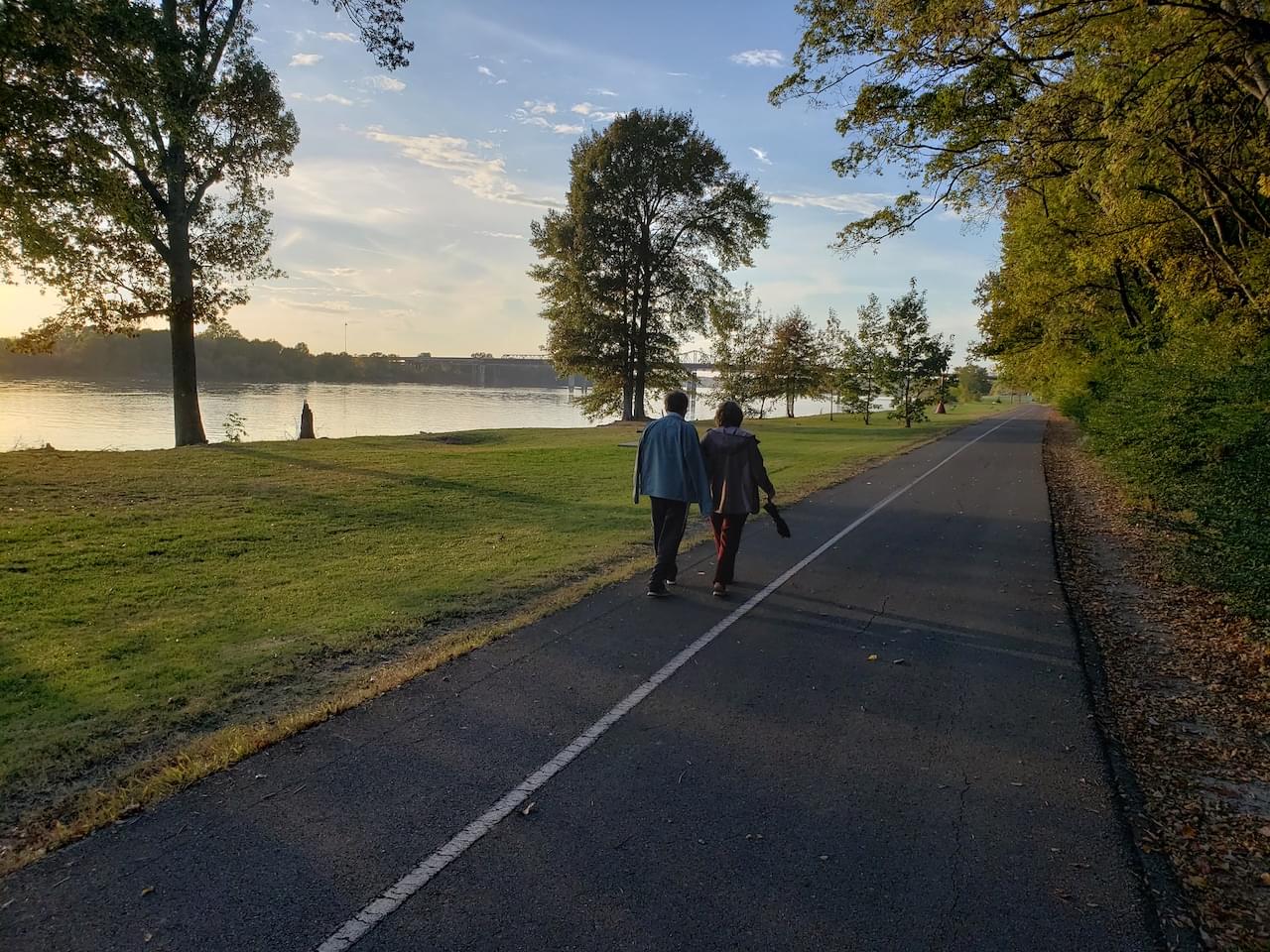Singing River Trail
Connecting the past, present, and future of North Alabama


Our Vision has grown
The Singing River Trail will now extend across North Alabama, approximately 200 miles.
Health + Economic Benefits
(of original 3-county, 70-mile vision in Morgan, Limestone, and Madison counties)
The Singing River Trail will benefit the health and economies of North Alabama.
Health Benefits
(of original 3-county, 70-mile vision in Morgan, Limestone, and Madison counties)
The implementation of a well-designed, connected trail system would encourage a shift from inactive modes of transportation such as cars and trucks to active modes such as bicycling and walking that help promote active lifestyles. It will also provide free opportunity for recreation and exercise.
Alabama is in the bottom five states in terms of the overall health of it’s residents
26%
of residents in the three counties reported that they are physically inactive
25%
report that they do not have access to exercise opportunities
25%
of adults report that they are obese
The proposed trail would contribute to 8,174,000 new minutes of physical activity annually.
Economic Benefits
(of original 3-county, 70-mile vision in Morgan, Limestone, and Madison counties)
The Trail will provide direct economic impact such as tourism/recreation spending and job creation. Other impacts include property value increases, quality of life improvements that attract future employers and residents, and indirect spending and employee earnings.

Connecting to North Alabama's Heritage
The Singing River Trail will weave through North Alabama as an educational
experience, telling the story of our past, present, and future.
Native American History
The history of Native Americans in Madison, Morgan and Limestone counties dates back to around 11,000 years. The Indian Removal Act of 1830 set the stage for Cherokee removal from the tri-county area. The round-up commonly known as the Trail of Tears began in 1838. The inspiration behind the Trail’s name and logo comes from the Yuchi Indian tribe, who lived along the Tennessee River. They called it the “Singing River” because they believed a woman who lived in the river sang to them. The Trail will tell the history of its native peoples.
Natural History
North Alabama is blessed with natural beauty. The region is composed of diverse natural areas, with an abundance of caves, sinkholes, mountains, waterways, plants, and wildlife unique to the region. Wheeler National Wildlife Refuge, a centerpiece to the Singing River Trail corridor, is a 35,000 acre refuge attracting thousands of wintering waterfowl each year. The Refuge manages and protects habitat for 12 federally listed endangered or threatened species. The Trail will traverse diverse habitats and treat visitors to one-of-a-kind nature experiences.
Agriculture to Industry
Alabama became known as “The Cotton State” with almost four million acres planted to cotton in 1914. In the twentieth century, Alabama’s economy also gradually changed from agriculture to industry. In Huntsville, Redstone Arsenal was established in 1941 and is now a major research, engineering, and test center that houses the Army’s critical missile defense and aviation programs.
In 1950, the U.S. Army moved rocketry pioneer Wernher von Braun and his team of German scientists to Redstone to develop missiles for national defense. Von Braun and his team transferred from the U.S. Army to the National Aeronautics and Space Administration's (NASA) Marshall Space Flight Center, established in July 1960 at Redstone. There, von Braun and other scientists developed space flight that carried astronauts to the moon. The Singing River Trail will connect the US Space and Rocket Center, Redstone Arsenal and the area’s burgeoning new industries.


























